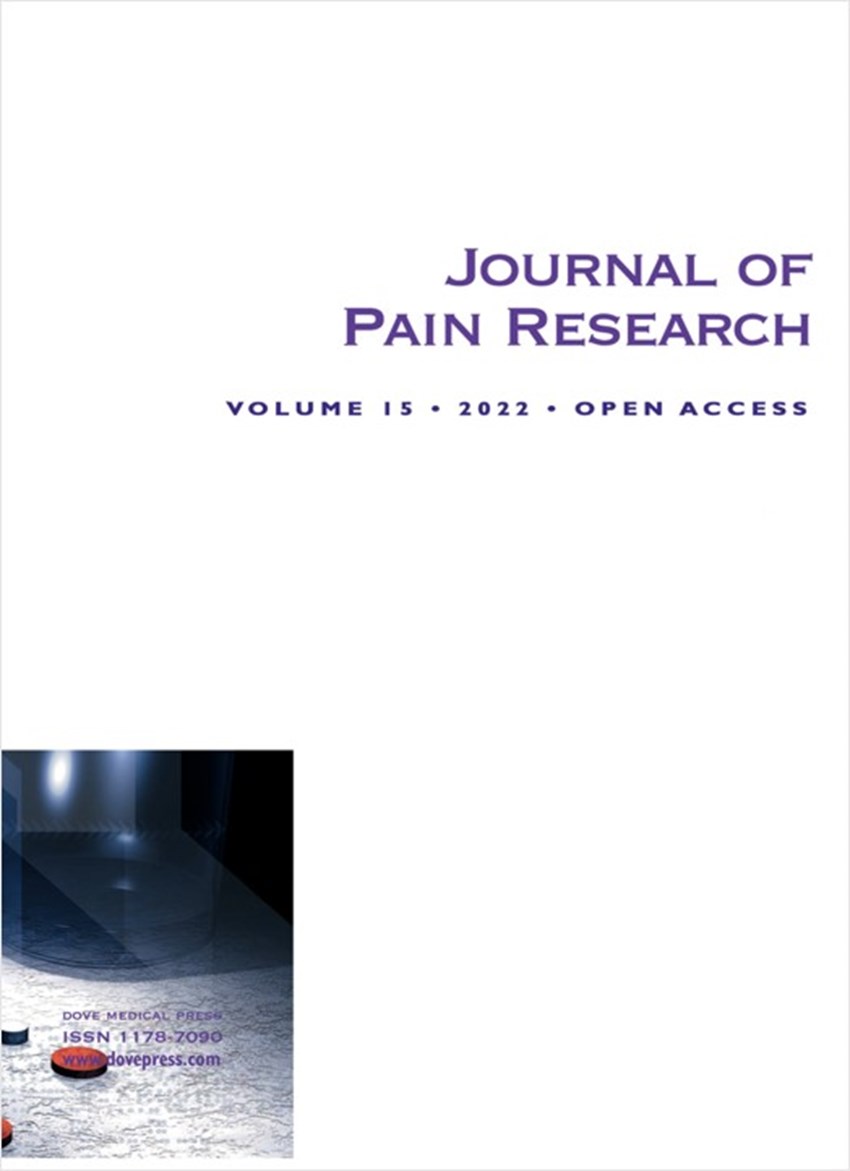A equipa liderada pela investigadora Alexandra Ferreira-Valente, no âmbito do projeto 188/18 - COping with PAin through Hypnosis, mindfulness and Spirituality (COPAHS), apoiado pela Fundação BIAL, comparou os efeitos imediatos da hipnose, da meditação mindfulness, e da oração Cristã na intensidade e tolerância da dor. Os resultados sugerem que sessões únicas de hipnose e de meditação, mas não de oração, podem ser úteis para a gestão da dor aguda, sendo a hipnose a opção ligeiramente superior. Os resultados deste estudo foram publicados na revista científica Journal of Pain Research no artigo Immediate Effects of Hypnosis, Mindfulness Meditation, and Prayer on Cold Pressor Outcomes: A Four-Arm Parallel Experimental Study.
Abstract
Purpose: Previous research supports the usefulness of hypnosis (HYP), mindfulness meditation (MM), and prayer as pain self -management strategies in adults with chronic pain. However, their effects on acute pain have been less researched, and no previous head-to-head study compared the immediate effects of these three approaches on pain-related outcomes. This study compared the immediate effects of HYP, MM, and Christian prayer (CP) on pain intensity, pain tolerance, and stress as assessed by heart rate variability (HRV). Participants and Methods: A total of 232 healthy adults were randomly assigned to, and completed, a single 20-minute session of MM, SH, CP, or an attention control (CN), and underwent two cycles (one pre- and one post-intervention) of Cold Pressor Arm Wrap (CPAW). Sessions were audio-delivered. Participants responded to pre- and post-intervention pain intensity measurements. Pain tolerance (sec) was assessed during the CPAW cycles. HRV was assessed at baseline, and at pre- and post-intervention CPAW cycles. The study protocol was pre-registered at the ClinicalTrials.gov registry (NCT04491630). Results: Small within-group decreases in pain intensity and small increases in pain tolerance were found for HYP and MM from the pre- to the post-intervention. Small within-group improvements in the LH/HF ratio were also found for HYP. The exploratory between-group pairwise comparisons revealed a medium effect size effects of HYP on pain tolerance relative to the control condition. The effects of CP were positive, but small and not statistically significant. Only small to medium, though non-significant, Time × Group interaction effects were found. Conclusion: Study results suggest that single short-term HYP and MM sessions, but not biblical-based CP, may be useful for acute pain self-management, with HYP being the slightly superior option. Future research should compare the effects of different types of prayer and examine the predictors and moderators of these pain approaches’ effects on pain-related outcomes.
































































































